

- S Tag Peptide
- T7 Tag Peptide
- X-press Tag Peptide
- FLAG tag Peptide
- c-Myc tag Peptide
| 3X FLAG PeptideSynthetic peptide tag |

Sample solution is provided at 25 µL, 10mM.
- 1. Zhang M, Ergin V, et al. "Axonogenesis Is Coordinated by Neuron-Specific Alternative Splicing Programming and Splicing Regulator PTBP2."Neuron. 2019 Feb 20;101(4):690-706.e10.PMID:30733148
- 2. Charles A Berdan, Raymond Ho, et al. "Parthenolide Covalently Targets and Inhibits Focal Adhesion Kinase in Breast Cancer Cells." bioRxiv. 2019 February 14.
- 3. Gomes ID, Pflum MKH. "Optimal substrate trapping mutants to discover substrates of HDAC1." Chembiochem. 2019 Jan 30.PMID:30701667
- 4. Liang Z, Liang F, et al. "Binding of FANCI-FANCD2 Complex to RNA and R-Loops Stimulates Robust FANCD2 Monoubiquitination." Cell Rep. 2019 Jan 15;26(3):564-572.e5.PMID:30650351
- 5. Bert van de Kooij, Pau Creixell, et al. "Comprehensive substrate specificity profiling of the human nek kinome reveals unexpected signaling outputs." bioRxiv. 2019 January 08
- 6. Roth L, Wakim J, et al. "Phosphorylation of the phosphatase PTPROt at Tyr(399) is a molecular switch that controls osteoclast activity and bone mass in vivo." Sci Signal. 2019 Jan 8;12(563). pii: eaau0240.PMID:30622194
- 7. Sluder IT, Nitika, et al. "The Hsp70 co-chaperone Ydj1/HDJ2 regulates ribonucleotide reductase activity." PLoS Genet. 2018 Nov 19;14(11):e1007462.PMID:30452489
- 8. Samant RS, Livingston CM, et al. "Distinct proteostasis circuits cooperate in nuclear and cytoplasmic protein quality control." Nature. 2018Nov;563(7731):407-411.PMID:30429547
- 9. Jessica N. Spradlin, Xirui Hu, et al. "Harnessing the Anti-Cancer Natural Product Nimbolide for Targeted Protein Degradation." bioRxiv. 2018 October 15.
- 10. JianWu, ShuangshuangNiu, et al. "Cryo-EM Structure of the Human Ribonuclease P Holoenzyme." Cell.Available online 25 October 2018.
- 11. Fu Y, Long MJC, et al. "Nuclear RNR-α antagonizes cell proliferation by directly inhibiting ZRANB3." Nat Chem Biol. 2018 Oct;14(10):943-954.PMID:30150681
- 12. Ito T, Kasai Y, et al. "Quantitative Analysis of Interaction Between CADM1 and Its Binding Cell-Surface Proteins Using Surface Plasmon Resonance Imaging." Front Cell Dev Biol. 2018 Aug 7;6:86.PMID:30131958
- 13. Andrii Bugai, Alexandre JC Quaresma, et al. "P-TEFb activation by RBM7 shapes a pro-survival transcriptional response to genotoxic stress." bioRxiv. 2018 August 17.
- 14. Lampert F, Stafa D, et al. "The multi-subunit GID/CTLH E3 ubiquitin ligase promotes cell proliferation and targets the transcription factor Hbp1 for degradation." Elife. 2018 Jun 18;7. pii: e35528.PMID:29911972
- 15. Zi-Wei Chen, John R Bracamontes, et al. "Multiple Functional Neurosteroid Binding Sites on GABAA Receptors." bioRxiv. 2018 June 29.
- 16. Wu Z, Wang Y, et al."Ubiquitination of ABCE1 by NOT4 in Response to Mitochondrial Damage Links Co-translational Quality Control to PINK1-Directed Mitophagy." Cell Metab. 2018 Jul 3;28(1):130-144.e7.PMID:29861391
- 17. Peter Kindgren, Ryan Ard, et al."Transcriptional read-through of the long non-coding RNA SVALKA governs plant cold acclimation." bioRxiv.2018 March 23
- 18. Caldas, et al. "Investigation of a transcription factor complex and intrinsically disordered proteins." The University of Sydney. 2018 February.
- 19. Hoshii T, Cifani P, et al. "A Non-catalytic Function of SETD1A Regulates Cyclin K and the DNA Damage Response." Cell. 2018 Feb 22;172(5):1007-1021.e17.PMID:29474905
- 20. Anghel SA, McGilvray PT, et al. "Identification of Oxa1 Homologs Operating in the Eukaryotic Endoplasmic Reticulum." Cell Rep. 2017 Dec 26;21(13):3708-3716. PMID:29281821
- 21. Wang X, Paucek RD, et al. "Molecular analysis of PRC2 recruitment to DNA in chromatin and its inhibition by RNA." Nat Struct Mol Biol. 2017 Dec;24(12):1028-1038.PMID:29058709
- 22. Hsu M, Lue NF. "The mechanisms of K. lactis Cdc13 in telomere DNA-binding and telomerase regulation." DNA Repair (Amst). 2018 Jan;61:37-45. PMID:29197718
- 23. Grossman EA, Ward CC, et al. "Covalent Ligand Discovery against Druggable Hotspots Targeted by Anti-cancer Natural Products." Cell Chem Biol. 2017 Sep 11. pii:S2451-9456(17)30311-2.PMID:28919038
- 24. Li Y, Kim J. "Distinct roles of neuronal and microglial CB2 cannabinoid receptors in the mouse hippocampus." Neuroscience. 2017 Sep 6;363:11-25.PMID:28888955
- 25. Wang WF, Yan L, et al. "HSP70-Hrd1 axis precludes the oncorepressor potential of N-terminal misfolded Blimp-1s in lymphoma cells." NatCommun. 2017 Aug 25;8(1):363.PMID:28842558
- 26. Ogami K, Richard P, et al. "An Mtr4/ZFC3H1 complex facilitates turnover of unstable nuclear RNAs to prevent their cytoplasmic transport and global translational repression." Genes Dev. 2017 Jun 15;31(12):1257-1271.PMID:28733371
- 27. Ying Y, Wang XJ, et al. "Splicing Activation by Rbfox Requires Self-Aggregation through Its Tyrosine-Rich Domain." Cell. 2017 Jul 13;170(2):312-323.e10.PMID:28708999
- 28. Wang Erickson AF, Deighan P, et al. "A novel RNA polymerase-binding protein that interacts with a sigma-factor docking site." Mol Microbiol. 2017 Jun 8.PMID:28598017
- 29. Xiao X, Yang H, et al. "Structural determinants of APOBEC3B non-catalytic domain for molecular assembly and catalytic regulation." Nucleic Acids Res. 2017 May 30.PMID:28575276
- 30.Tanu Talwar. "Biochemical Characterization of DDX43 (HAGE) Helicase." University of Saskatchewan. 2017 Mar.
- 31. Liu M, Feng Z, et al. "Tango1 spatially organizes ER exit sites to control ER export." J Cell Biol. 2017 Apr 3;216(4):1035-1049.PMID:28280122
- 32. Zilio N, Boddy MN. "Improved Tandem Affinity Purification Tag and Methods for Isolation of Proteins and Protein Complexes from Schizosaccharomyces pombe. Cold Spring Harb Protoc." 2017 Mar 1;2017(3):pdb.prot091611.PMID:28250214
- 33. Belyaeva OV, Adams MK, et al. "The antagonistically bifunctional retinoid oxidoreductase complex is required for maintenance of all-trans-retinoic acid homeostasis." J Biol Chem. 2017 Apr 7;292(14):5884-5897.PMID:28232491
- 34.Zhang X, Smits AH, et al. "An Interaction Landscape of Ubiquitin Signaling. Mol Cell." 2017 Mar 2;65(5):941-955.e8.PMID:28190767
- 35. Geng P, Zhang Y, et al. "Automethylation of protein arginine methyltransferase 7 and its impact on breast cancer progression." FASEB J. 2017 Feb 10. pii: fj.201601196R.PMID:28188177
- 36. Davis AM, Ramirez J, et al. "Identification of influenza A nucleoprotein body domain residues essential for viral RNA expression expose antiviral target. " Virol J. 2017 Feb 7;14(1):22.PMID:28173821
- 37.Nalawansha DA, Pflum MK. "LSD1 Substrate Binding and Gene Expression Are Affected by HDAC1-Mediated Deacetylation." ACS Chem Biol. 2017 Jan 20;12(1):254-264.PMID:27977115
- 38.Manthey GM, Clear AD, et al. "Homologous recombination in budding yeast expressing the human RAD52 gene reveals a Rad51-independent mechanism of conservative double-strand break repair." Nucleic Acids Res. 2017 Feb 28;45(4):1879-1888.PMID:27923995
- 39.Hoang TT, Raines RT. "Molecular basis for the autonomous promotion of cell proliferation by angiogenin." Nucleic Acids Res. 2017 Jan 25;45(2):818-831.PMID:27915233
- 40.Kazazian K, Go C, et al. "Plk4 Promotes Cancer Invasion and Metastasis through Arp2/3 Complex Regulation of the Actin Cytoskeleton." Cancer Res. 2017 Jan 15;77(2):434-447.PMID:27872092
- 41.Shen W, Deng X, et al. "Analysis of the Cis and Trans Requirements for DNA Replication at the Right End Hairpin of the Human Bocavirus 1 Genome." J Virol. 2016 Jun 22. PMID:27334591
- 42.Hresko RC, Kraft TE, et al. "Mammalian Glucose Transporter Activity Is Dependent upon Anionic and Conical Phospholipids." J Biol Chem. 2016 Aug 12;291(33):17271-82.PMID:27302065
- 43.Rambout X, Detiffe C, et al. "The transcription factor ERG recruits CCR4-NOT to control mRNA decay and mitotic progression." Nat Struct Mol Biol. 2016 Jul;23(7):663-72.PMID:27273514
- 44.Low JK, Webb SR, et al. "CHD4 is a Peripheral Component of the Nucleosome Remodeling and Deacetylase Complex." J Biol Chem. 2016 May 27. PMID:27235397
- 45.Alicia Morgan Davis. "Characterization of Influenza Nucleoprotein body domain as antiviral target." California State University.June 2016.
- 46.Paul W. Hruz, Chair,et al. "Modulation of Human and Malarial Glucose Transporter Activity by Lipids and Small Molecules." Washington University in St. Louis.May 2016.
- 47.Silva AP, Ryan DP, et al. "The N-terminal Region of Chromodomain Helicase DNA-binding Protein 4 (CHD4) Is Essential for Activity and Contains a High Mobility Group (HMG) Box-like-domain That Can Bind Poly(ADP-ribose)." J Biol Chem. 2016 Jan 8;291(2):924-38.PMID:26565020
- 48.Welbourn, Sarah, and Klaus Strebel. "Low dNTP levels are necessary but may not be sufficient for lentiviral restriction by SAMHD1." Virology 488 (2016): 271-277.
- 49.Wolfgeher, Donald, et al. "The dynamic interactome of human Aha1 upon Y223 phosphorylation." Data in Brief 5 (2015): 752-755.
- 50.Carpenter, Brandon S., et al. "The heterotrimeric kinesin-2 complex interacts with and regulates GLI protein function." Journal of cell science 128.5 (2015): 1034-1050.PMID:25588831
Quality Control & MSDS
- View current batch:
- Purity = 99.82%
- COA (Certificate Of Analysis)
- HPLC
- MS (Mass Spectrometry)
- MSDS (Material Safety Data Sheet)
- Datasheet
Related Biological Data
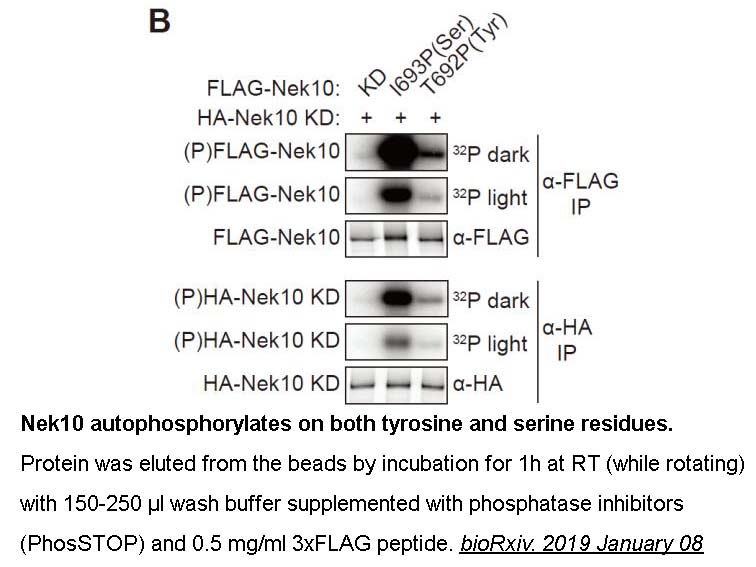
Related Biological Data
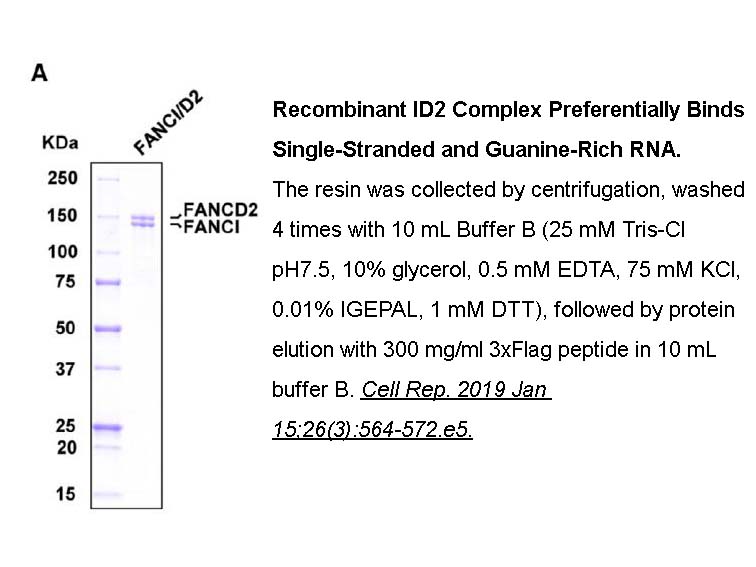
Related Biological Data
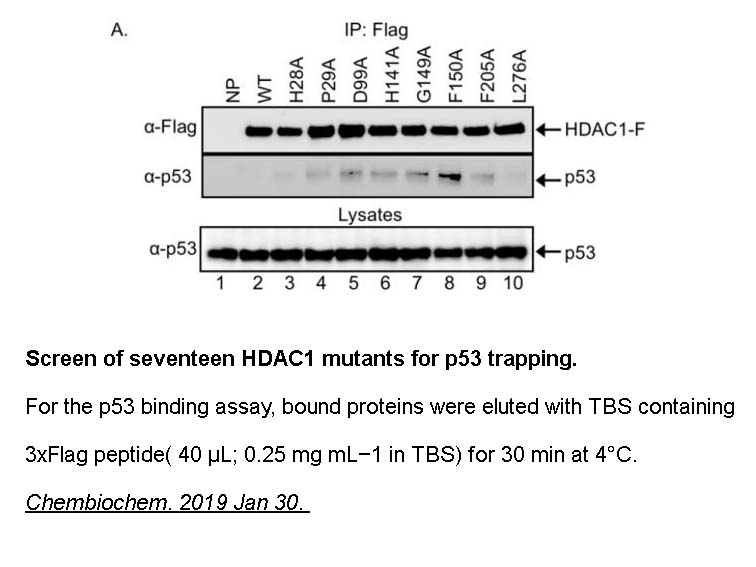
Related Biological Data
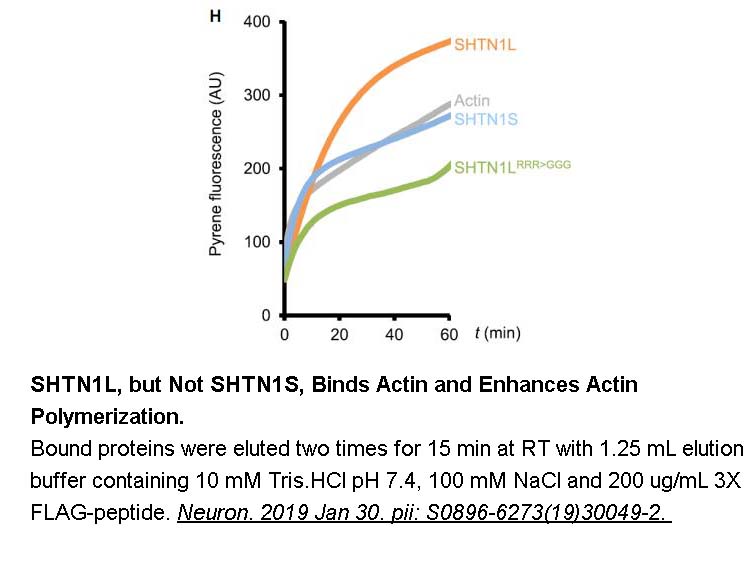
Related Biological Data
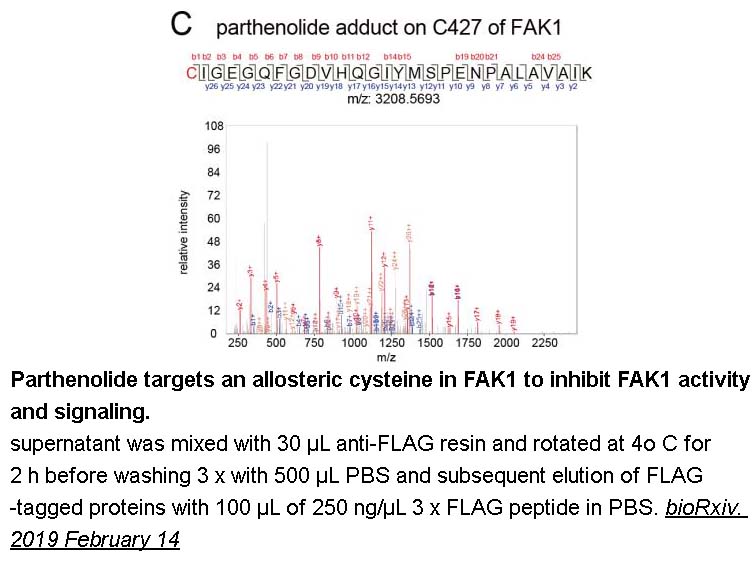
Related Biological Data
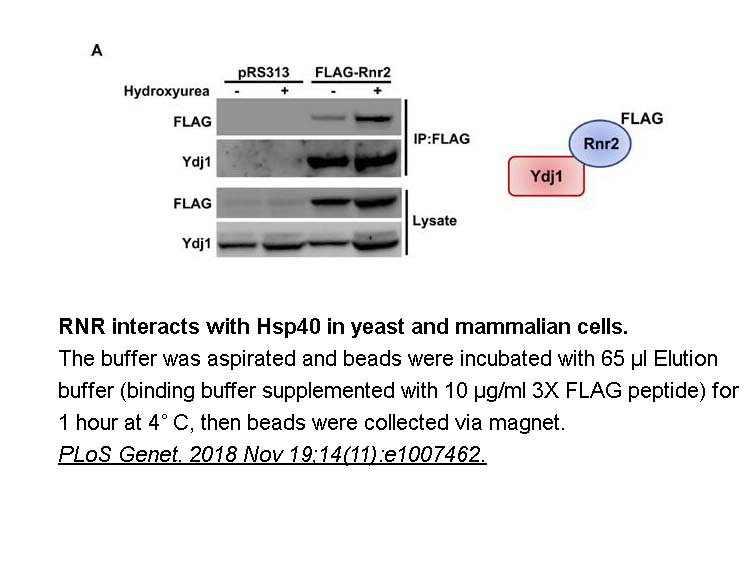
Related Biological Data
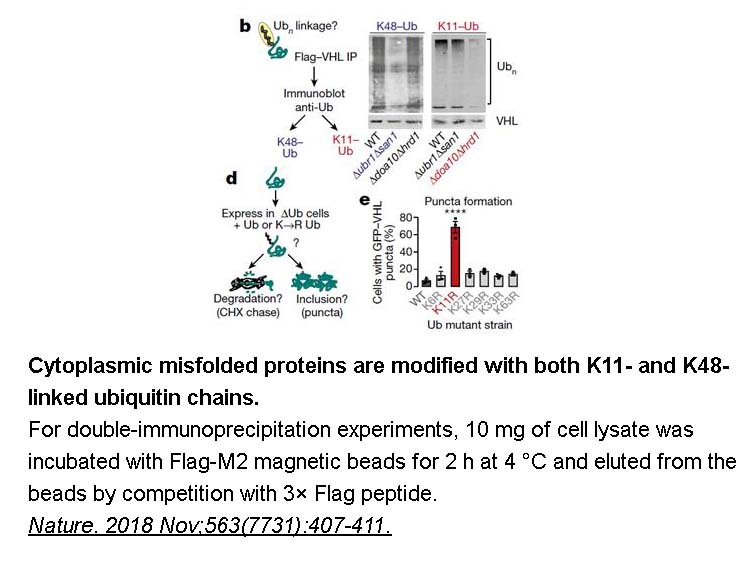
Related Biological Data
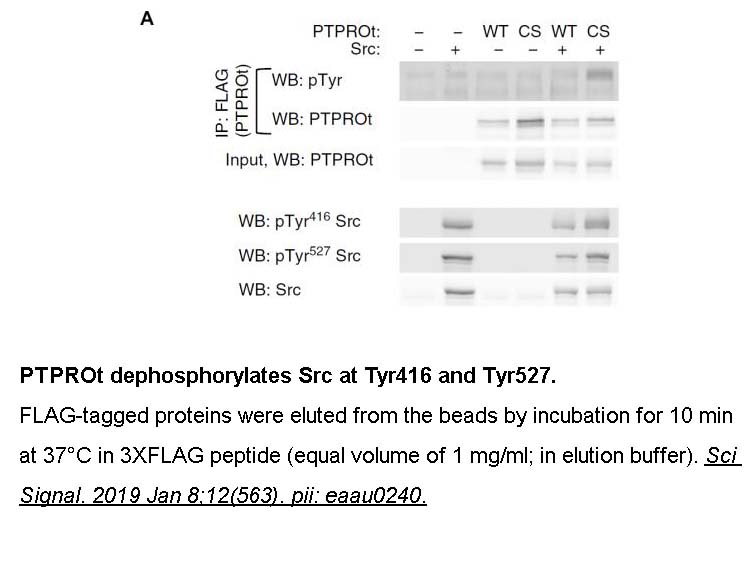
| Description | 3X FLAG Peptide is a synthetic peptide with a 3-time repeated DYKXXD motif. | |||||
| Targets | anti-flag M2 antibody | |||||
| IC50 | ||||||
| ELISA experiment [1]: | |
Preparation method | The solubility of this peptide in sterile water is >10 mM. Stock solution should be splited and stored at -80°C for several months. |
| Applications | 3-Flag peptide has found widespread use as a mild purification reagent for Flag-epitope tagged recombinant proteins. Although its affinity columns release monovalent flagged proteins in the absence of calcium, the antibody retains substantial affinity for the Flag sequence even in metal-free conditions, so that it has been impossible to use it to develop a metal-sensitive ELISA assay. This is due to the ability of the antibody to remain bound to polyvalent surface-coated antigen, for instance, when Flagged proteins are bound to ELISA plates or blotting filters. The resultant antigen polyvalence raises the avidity of the Flag antibody to a point where the reaction is essentially calcium-independent. However, when the antibody itself was made monovalent, by proteolytic cleavage to the Fab, this situation was reversed and the ELISA reaction became calcium-dependent. This new metal-dependent ELISA assay was used to explore the metal requirements of the antibody in detail. Among divalent metals, binding tapered off with increasing radius above that of calcium, or with decreasing radius below that of calcium. Several smaller metals, such as nickel, acted as inhibitors of the binding reaction. Substantial binding was demonstrated for heavy metals such as cadmium, lanthanum and samarium. Because it is of interest to use this antibody for the co-crystallization of recombinant Flag-fusion proteins, the ability to bind heavy metals was a significant finding. |
References: 1. Hopp TP1, Gallis B, Prickett KS. Metal-binding properties of a calcium-dependent monoclonal antibody. Mol Immunol. 1996 May-Jun;33(7-8):601-8. | |

3X FLAG Peptide Dilution Calculator
calculate

3X FLAG Peptide Molarity Calculator
calculate
| Cas No. | N/A | SDF | Download SDF |
| Synonyms | H-Met-Asp-Tyr-Lys-Asp-His-Asp-Gly-Asp-Tyr-Lys-Asp-His-Asp-Ile-Asp-Tyr-Lys-Asp-Asp-Asp-Asp-Lys-OH | ||
| Chemical Name | 3X FLAG Peptide | ||
| Canonical SMILES | CCC(C)C(C(=O)NC(CC(=O)O)C(=O)NC(CC1=CC=C(C=C1)O)C(=O)NC(CCCCN)C(=O)NC(CC(=O)O)C(=O)NC(CC(=O)O)C(=O)NC(CC(=O)O)C(=O)NC(CC(=O)O)C(=O)NC(CCCCN)C(=O)O)NC(=O)C(CC(=O)O)NC(=O)C(CC2=CNC=N2)NC(=O)C(CC(=O)O)NC(=O)C(CCCCN)NC(=O)C(CC3=CC=C(C=C3)O)NC(=O)C(CC(=O)O)NC( | ||
| Formula | C120H169N31O49S | M.Wt | 2861.87 |
| Solubility | ≥143.1mg/mL in DMSO, <14.35mg l="" in="" etoh,="" ≥143.4mg/ml="" in="" h2o="" with="" gentle="" warming=""> | Storage | Desiccate at -20°C |
| Shipping Condition | Evaluation sample solution : ship with blue ice.All other available size:ship with RT , or blue ice upon request | ||
| General tips | For obtaining a higher solubility , please warm the tube at 37 ℃ and shake it in the ultrasonic bath for a while.Stock solution can be stored below -20℃ for several months. | ||
The FLAG-tag system utilizes a short, hydrophilic 8- amino-acid peptide that is fused to the protein of interest1. The FLAG peptide binds to the antibody M1. Whether binding is calcium-dependent manner2 or –independent3 remains controversial. A disadvantage of the system is that the monoclonalantibody purification matrix is not as stable as others. In general, small tags can be detected with specific monoclonal antibodies.
To improve the detection of the FLAG tag the 3x FLAG system has been developed. This threetandem FLAG epitope is hydrophilic, 22-amino-acids long and can detect up to 10 fmol of expressed fusion protein. The FLAG-tagged maltodextrin-binding protein of Pyrococcus furiosus has been crystallized4 and the quality of the crystals was very similar to that of crystals of untagged protein.
Finally, the FLAG-tag can be removed by treatment with enterokinase, which is specific for the five C-terminal amino acids of the peptide sequence5.
References:1. Hopp TP, Prickett KS, Price VL, Libby RT, March CJ, Ceretti DP, Urdal DL, Conlon PJ (1988) A short polypeptide marker sequence useful for recombinant protein identification and purification. Bio/Technology 6:1204–1210.2. Hopp TP, Gallis B, Prikett KS (1996) Metal-binding properties of a calcium dependent monoclonal antibody. Mol Immunol 33:601–608.3. Einhauer A, Jungbauer A (2000) Kinetics and thermodynamical properties of the monoclonal antibody M1 directed against the FLAG peptide. 20th International symposium on the separation of proteins, peptides, and polynucleotides (ISPPP). Lublijana, Slovenia, November 5–8, 2000.4. Bucher MH, Evdokimov AG, Waugh DS (2002) Differential effects of short affinity tags on the crystallization of Pyrococcus furiosus maltodextrin-binding protein. Biol Cryst 58:392–397.5. Maroux S, Baratti J, Desnuelle P (1971) Purification and specificity of procine enterokinase. J Biol Chem 246:5031–5039.
ApexBio是用于生物学研究的肽和实验室试剂的主要提供商。我们在细胞凋亡,表观遗传学,癌症生物学等研究领域拥有广泛的产品线。Apexbio还提供定制服务,包括肽合成,抗体生产和测定开发。















